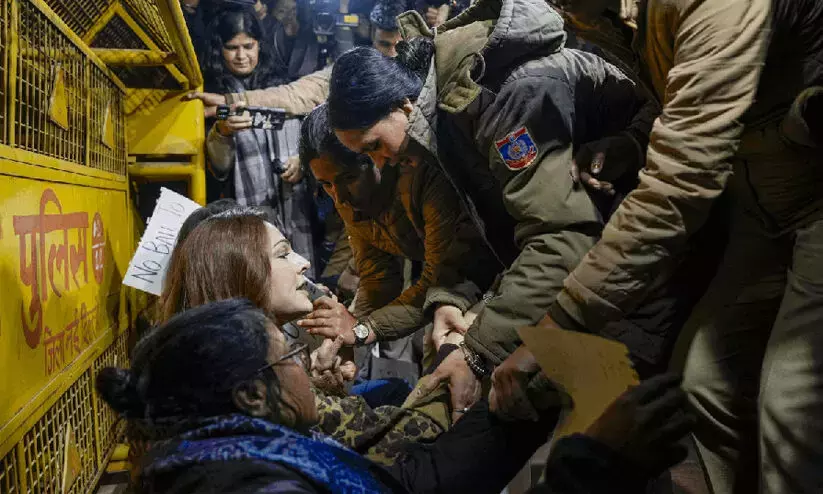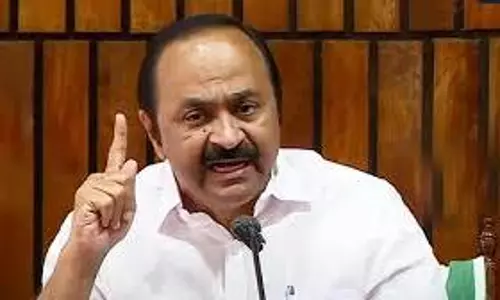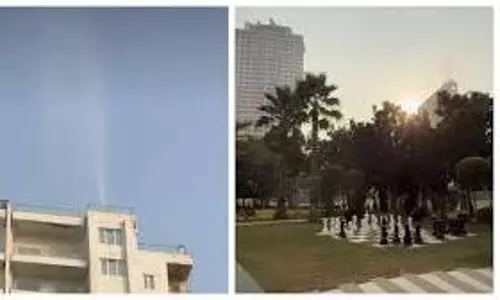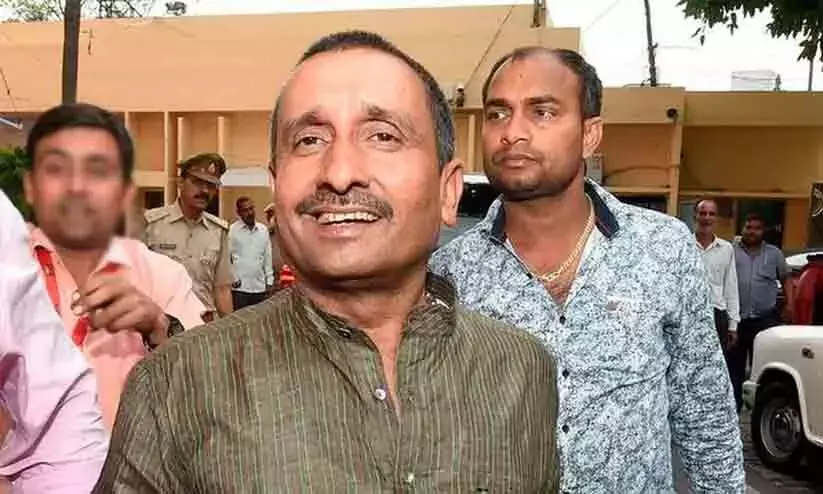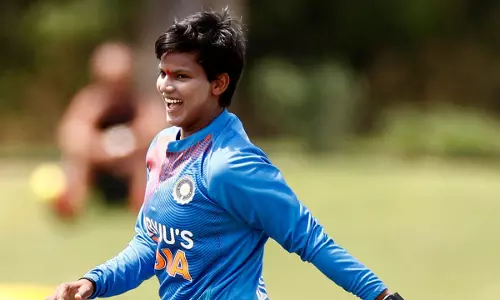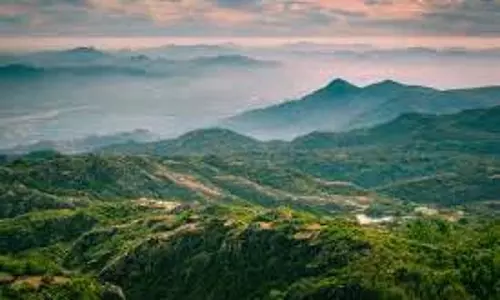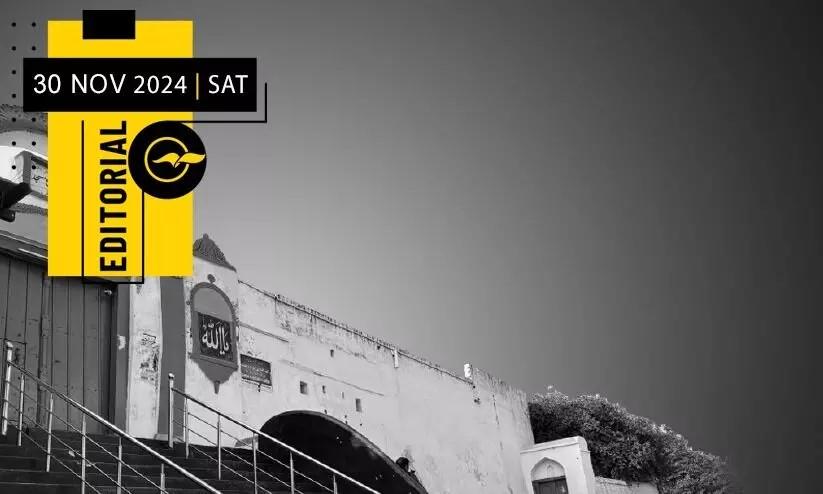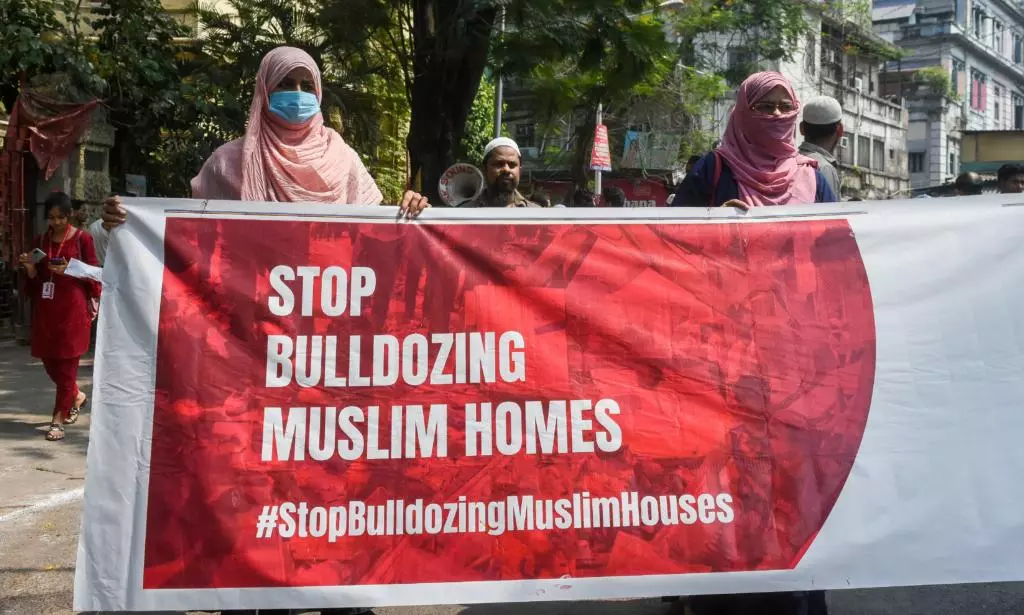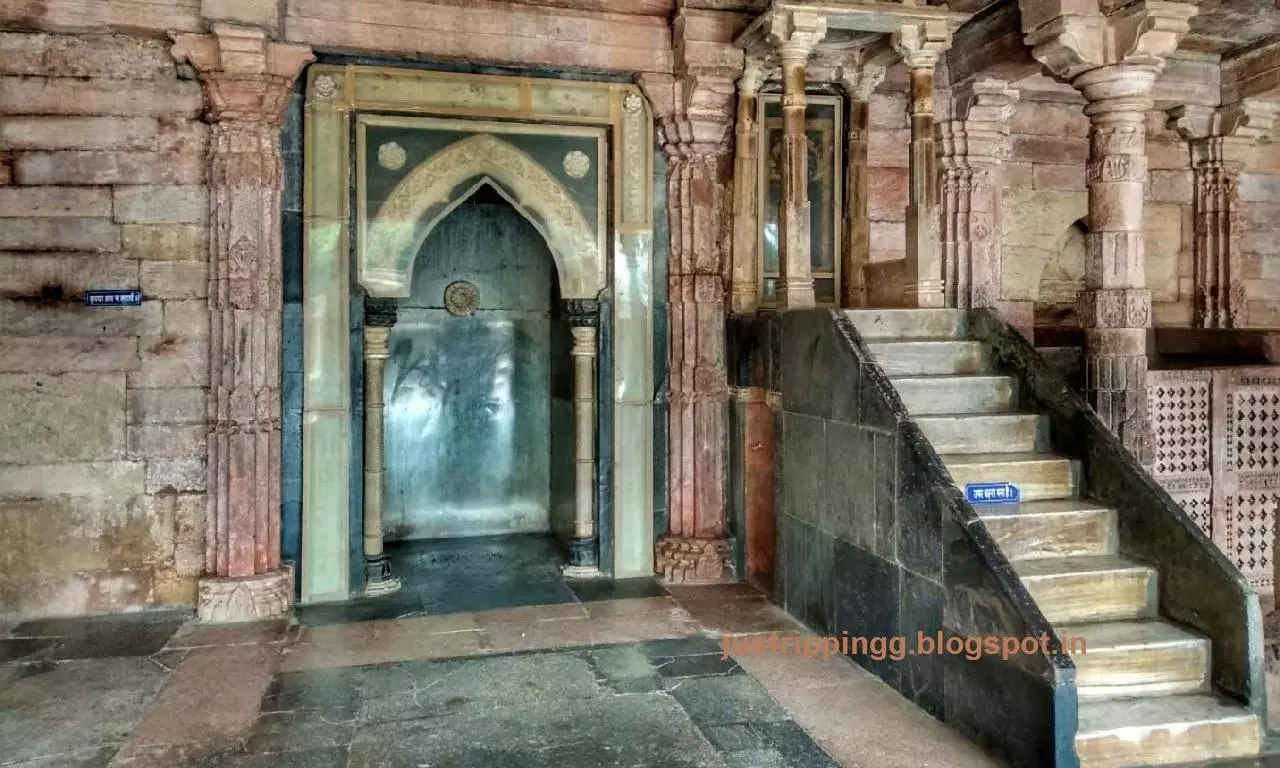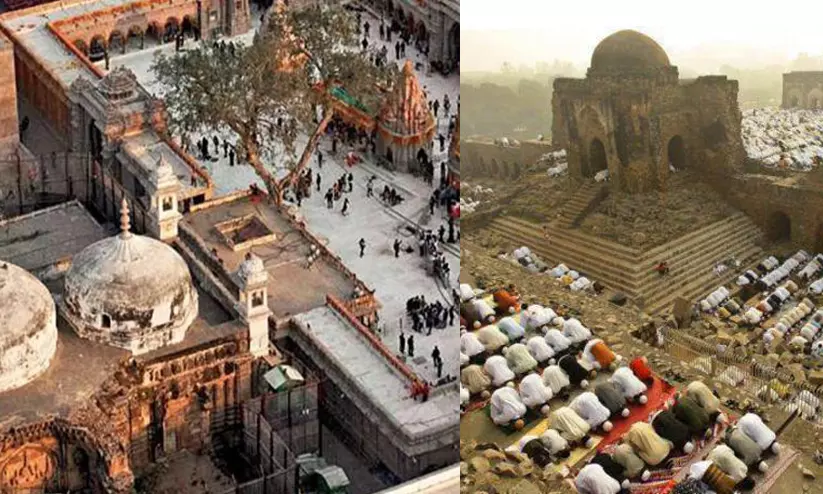
The Places of Worship Act should not be left behind in history
text_fields“Ayodhya-Babari sirf Jaanki hai, Kashi-Mathura ab baaki hai” – This was an extremely provocative slogan raised by Hindu nationalists in the country in the late 1980s. The meaning of this shrill sloganeering was that Ayodhya and the Babri Masjid are just beginning, and the Gyanvapi in Kashi and the Shahi Eidgah in Mathura still remain. It was a time when the Babri Masjid was about to be demolished through a kar seva; this slogan was raised strongly along with the intense cries inside and outside the court for the Babri land. To prevent new controversies and riots similar to those in Ayodhya, the central government intervened urgently. That is the ‘Places of Worship Act-1991’, known as the Places of Worship (Special Provisions) Act. The law stated that the character of the places of worship in the country would remain the same as it was on August 15, 1947. The protection afforded by that law was that no one could go to court and dispute any place of worship. The only exception was the Babri Masjid, which had already gone into controversy. It was a move by the Narasimha Rao government to prevent many more terrible ‘kar seva’ beyond the Babri land. Had it not been for that, many places of worship of minority religious communities would have been swallowed up by Hindu supremacists on the basis of false historical claims of 'invasion'. However, recent experiences clearly show that the government is paving the way to weaken this law and thus energize the extremist politics of Hindutva.
The legal battles over the ownership of the Gyanvapi Mosque and the Sambhal Shahi Mosque in Uttar Pradesh are clear examples of undermining the Places of Worship Act. A similar situation has arisen in the case of Ajmer Dargah. Essentially, the same pattern is being followed in all three cases: first, a Hindutva group files a dispute against a Muslim place of worship. They then approach the court demanding that the disputed site be examined by the Archaeological Survey of India (ASI). The court considers the matter, completely disregarding the Places of Worship Act. Both the government and the ASI, which also is under the Central government, agree to conduct the survey. This completes the picture. Consider the example of Gyanvapi. In 1997, the court dismissed the dispute over Gyanvapi, citing the Places of Worship Act. However, after the Supreme Court's verdict in favour of the temple trust in the Babri Masjid case in 2019, the Hindutva right-wing revived the Gyanvapi case. Lawyer Vijay Shankar Rastogi approached the court with a petition seeking an archaeological survey of Gyanvapi. The court accepted the plea and directed the ASI to conduct the survey. The matter subsequently reached the Allahabad High Court and then the Supreme Court, where the government and the judiciary favoured the petitioners. In fact, the Supreme Court made statements that challenged the Places of Worship Act, with then-Justice D.Y. Chandrachud observing that the Act did not question the examination of the religious character of a place or object to it. It is under the cover of this highly dangerous pronouncement that petitions for surveys are now flooding courts as in Sambhal and Ajmer. What happened next in Gyanvapi is well-known: the ASI reported that there were temple ruins beneath the mosque. The Varanasi district court granted permission for worship at Gyanvapi. Similar indications are now emerging from Sambhal and Ajmer. This is because finding "temple ruins" is not difficult for the ASI, as they did in the Babri Masjid and Gyanvapi cases. They have already stated in response to an RTI query that the Mathura Shahi Eidgah was previously part of a temple. This means they are already prepared to produce a report that favours Hindutva groups.
While the government's moves to weaken the Places of Worship Act and pave the way for the Hindutva agenda are progressing rapidly, efforts to completely abolish this law are also being carried out by destructive forces in parallel. In March 2021, BJP leader Ashwini Kumar Upadhyay approached the Supreme Court seeking a review of the Places of Worship Act. A bench headed by Chief Justice S.A. Bobde, which admitted the petition, issued a notice to the Centre seeking clarification on the matter. The matter is now before a two-judge bench of the court. It would be pertinent to recall that the BJP was the only party to oppose the Places of Worship Act when it was introduced in Parliament. Naturally, it is clear what the central government's stance on this petition will be. In short, without any kar seva as such, the encroachment on Muslim places of worship under the shadow of the Hindutva government continues. It is very unfortunate that the judiciary is also supporting this 'kar seva'. Justice Chandrachud's remarks in the Gyanvapi verdict are contributing to this. It is imperative that the Supreme Court clarify this matter and strictly adhere to the essence of the Places of Worship Act. Otherwise, there is no doubt that a dangerous situation will arise in the country.





